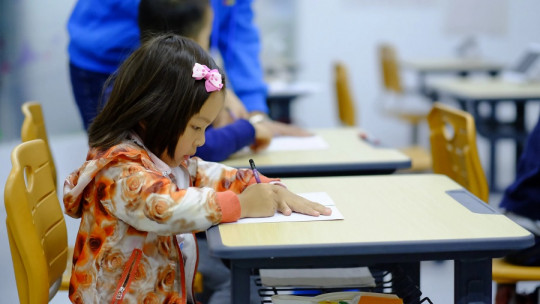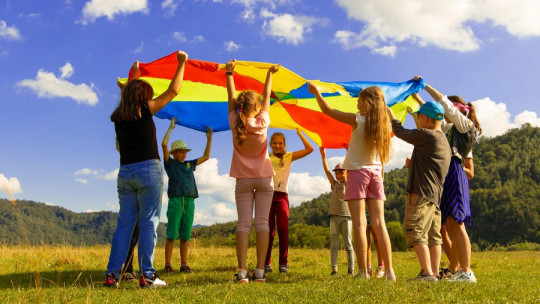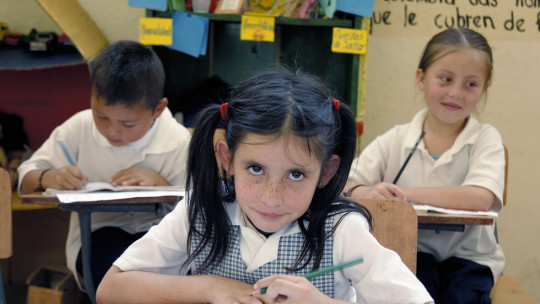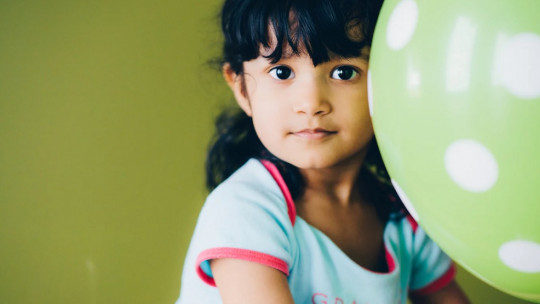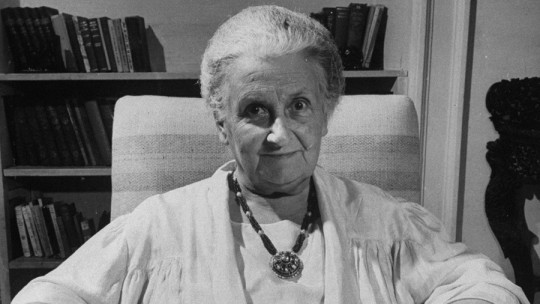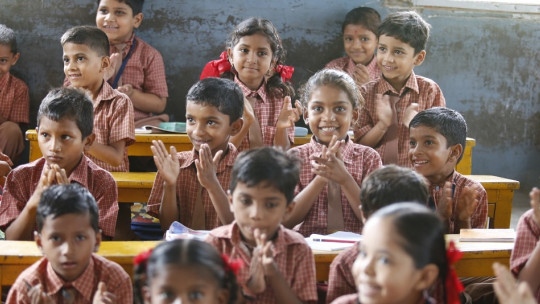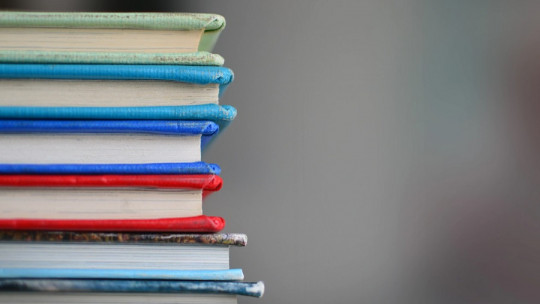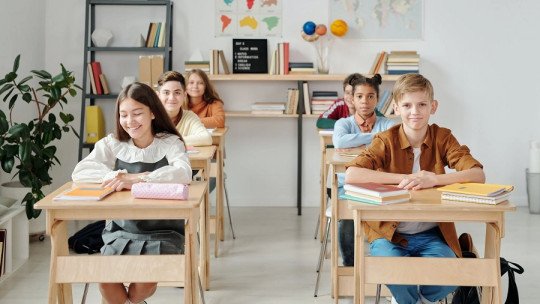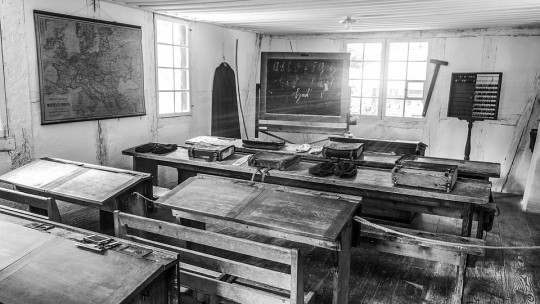
Educational systems and the way in which they are developed and applied is a traditional topic of debate in which pedagogy, psychology, philosophy and even politics participate.
However, There is a model that remains despite the passing of the years and many criticisms: the traditional pedagogical model In this article we will review the history and characteristics of this educational system, as well as its main advantages and disadvantages.
What is the traditional pedagogical model?
Also know as traditional teaching model either traditional educational modelthe traditional pedagogical model It is characterized by the marked difference in roles between the student and the teacher In this type of educational system, the student is a passive recipient of information, while the entire weight of the educational process falls on the teacher, who must be an expert in the subject.
Despite its age, it reached its peak at the time of the Industrial Revolution, where the traditional pedagogical model stood out for its easy application and for allowing the possibility of standardizing knowledge so a single teacher could be responsible for the education of a large number of students.
These were some of the reasons why this system acquired such fame that it became the reference educational model, which remains to this day and is the one that remains implemented in the vast majority of educational centers worldwide, regardless of the academic degree.
Despite its popularity in the past, The traditional pedagogical model is not exempt from criticism With the passage of time, both students and the teaching staff themselves claim that this has become obsolete; being considered a predictable, unstimulating model that needs urgent adaptation to new times.
Development and historical journey
The pedagogical model in which a scholar or expert in a series of knowledge transmitted his knowledge to a series of selected students dates back to the ancient academies of the Early Middle Ages.
Throughout this historical stage, knowledge was restricted only to the Christian community, specifically to the monks. Therefore, this educational system was characterized by having a strong religious and moral basis.
For a long period of time, educational traditions remained limited to the religious class and it was not until the 18th century that a first educational revolution occurred.
This revolution came from the person who, until today, has been considered the father of modern education: John Amos Comenius This philosopher, pedagogue and theologian of Czech origin created a new educational reform that soon spread throughout Europe and that aroused the interest of all governments in the education of their people.
As a result of this revolution, numerous theories, systems and teaching methods arose, which is why, with the aim of grouping, unifying and generalizing these ideas, the first chair of pedagogy was created; developed by the University of Halle in Germany, in the year 1770.
Among the theorists of this time, Joseph Lancaster, creator of the monitorial or mutual teaching movement, and Johan Heinrich Pestalozzi, who applied the ideals of the Enlightenment movement to pedagogy, stand out.
Finally, with the arrival of the Industrial Revolution, governments saw in the traditional pedagogical method an opportunity to transmit both education and the values they considered appropriate to a large number of people at the same time, which is why numerous schools and centers were created. educational facilities that facilitated the expansion of universal education.
As we mentioned previously, the ease of application of this system and the possibility of offering education to a large part of the population made the traditional education model a reference system, which led to its standardization and application in the vast majority of schools.
This standardization that occurred at the end of the 19th century still remains to this day, being the most practiced educational system throughout the world.
What are its main characteristics?
As described at the beginning of the article, The main characteristic of the traditional pedagogical model is that it is based on bases of transmission and reception of information and knowledge
According to this model, the best method of education is one in which the teacher transmits his knowledge directly to his students, who constitute a passive element in the learning process.
In the traditional pedagogical model, the weight of the transmission of education falls mainly on the figure of the teacher, who must generate his own teaching strategies and present his knowledge to the student.
However, there are other features that distinguish the traditional pedagogical model. These include:
Pros and cons of this system
With the passage of time and research within the field of pedagogy, It has been discovered that the traditional pedagogical model is not all advantages but also has some defects that require modification, as well as the adaptation of this system to new times.
Among the advantages and disadvantages of this educational model we find:

